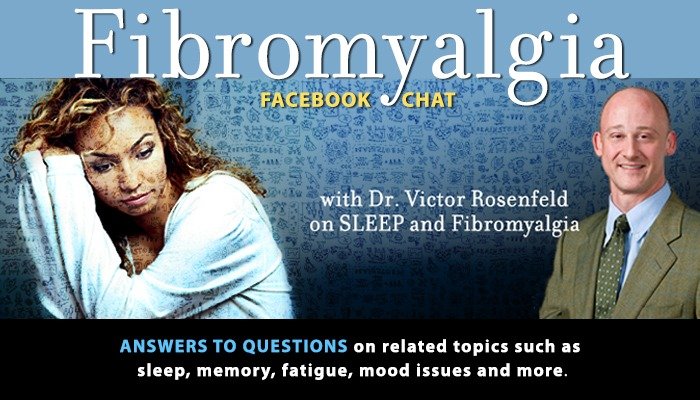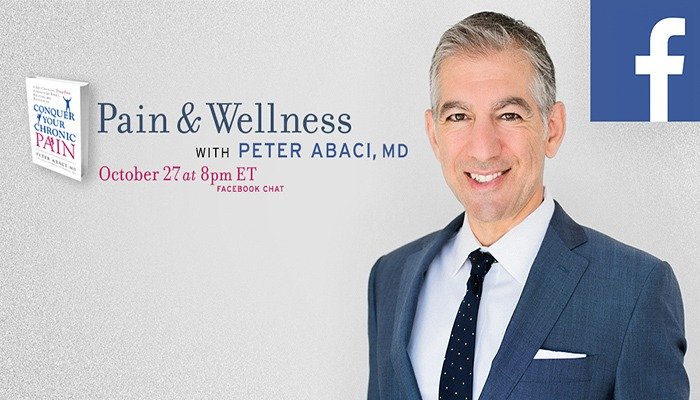Caregivers & Opioid Therapy

1 tolerance: Long-term use of opioids can lead to tolerance for the drug so that higher doses must be taken to achieve the same effect. Check with the doctor if your loved one seems to need more of the drug to get pain relief; the dose or the type of opioid may need to be changed.
2 withdrawal: As the body adapts to the presence of opioids, withdrawal symptoms can occur if the dose is lowered or if the drug is stopped. Be aware of signs of withdrawal: restlessness, muscle and bone pain, insomnia, diarrhea, vomiting, cold flashes with goose bumps, and involuntary leg movements. These symptoms themselves can be dangerous, so seek immediate attention.
3 respiratory depression: Opioids depress the central nervous system, so adding other substances that do the same can lead to serious problems and even death. Alcohol, antihistamines, barbiturates, benzodiazepines and general anesthetics, when combined with opioids, increase the risk of respiratory depression. Taking medications for conditions other than pain, such as COPD, while using opioids can also com-promise breathing.
4 abuse. Know the signs:
• using someone else’s prescription
• obtaining drugs from an illicit source or by illegal means
• no longer using the medication for the prescribed symptoms
• dishonesty or hiding use
• obtaining medications from multiple physicians
• preoccupation about the medication, excessive focus on the next dose
• refilling prescriptions sooner than would be expected
5 overdose: Know what to do if you suspect an overdose. Don’t waste time making sure: Call911. Here are the signs:™extreme drowsiness or unconsciousness
• tiny pupils
• decreased heart rate and slowed breathing
• blue lips and/or nails
• seizures and muscle spasms
Naloxone, a medication that reverses overdose, can also be administered immediately. Patients and caregivers can ask doctors about a prescription for naloxzone to have on hand. Some programs provide this life-saving medication at no charge.
OPIOID-INDUCED CONSTIPATION {OIC}
People using opioid therapy for chronic pain often experience opioid-induced constipation. In fact, it’s the most commonly reported and challenging side effect. People with chronic pain use medications more and longer, so OIC remains a formidable health issue. OIC is different from other forms of constipation. Increased exercise and higher fluid intake alone are not effective solutions to OIC, which is caused by the interactions of medications in the gastrointestinal tract. Even though it can seem embarrassing, caregivers should bring up OIC, both with the person in pain and the doctor. OIC can have harmful side effects such as abdominal pain, vomiting and impacted bowels. Helpful options are available. Ask your doctor.
ABUSE DETERRENT FORMULATIONS
PainPathways advisory board member and caregiver Ken Taylor speaks out about opioids and abuse deterrent formulations (ADF) at http://rsdadvisory.com/tag/ken-taylor/.
PainPathways Magazine
PainPathways is the first, only and ultimate pain magazine. First published in spring 2008, PainPathways is the culmination of the vision of Richard L. Rauck, MD, to provide a shared resource for people living with and caring for others in pain. This quarterly resource not only provides in-depth information on current treatments, therapies and research studies but also connects people who live with pain, both personally and professionally.
View All By PainPathways






